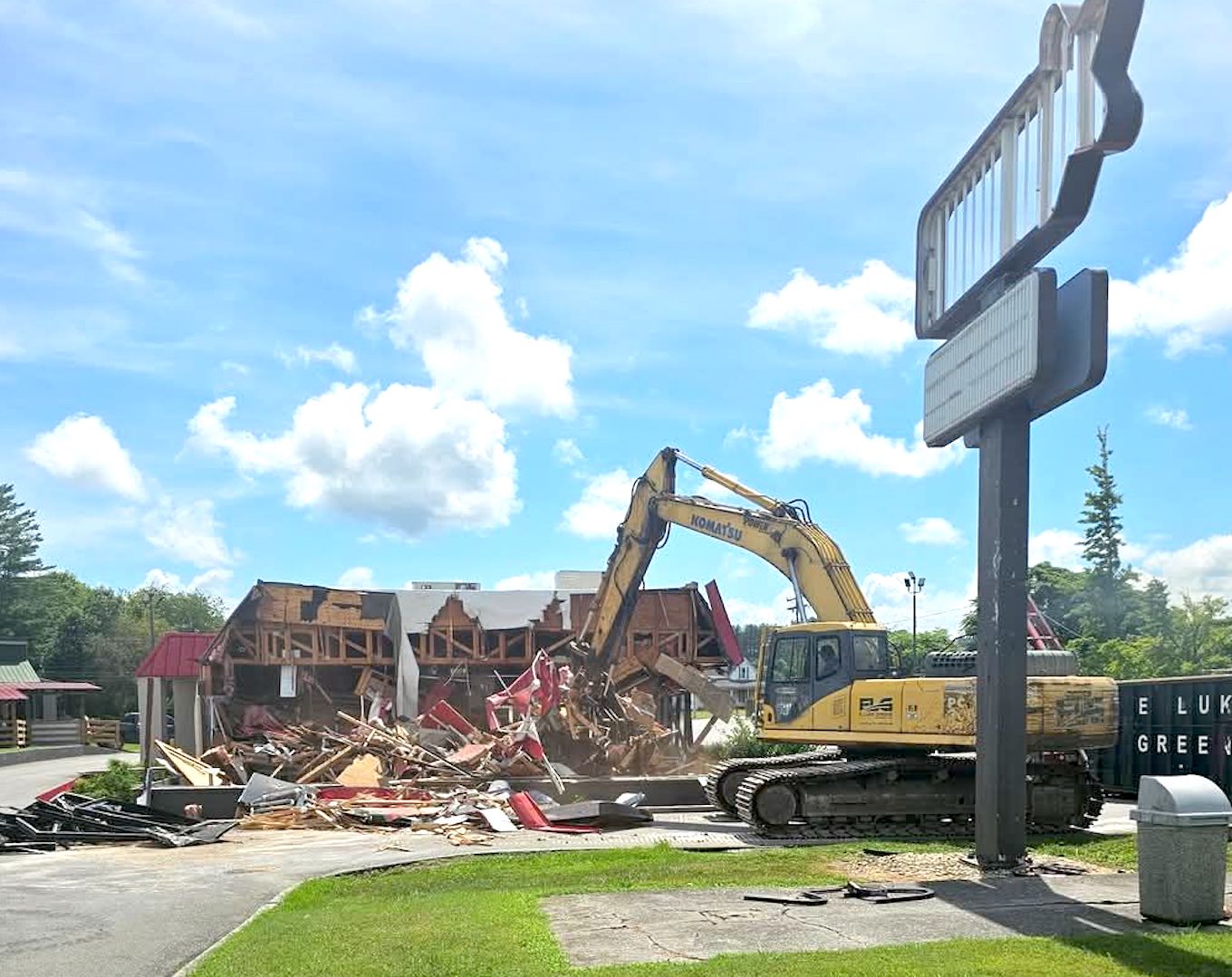From child-labor law to child-labor photos
Published 7:14 pm Monday, March 20, 2023

- Lewis Wickes Hine took this photo of children employed at the Brookside Mills in Knoxville in 1910 (Library of Congress photo)
|
Getting your Trinity Audio player ready...
|
BY Bill Carey, Contributing columnist
Tennessee passed a child-labor law in 1901. Prohibiting mines and factories from employing children under the age of 14, the law was dependent upon the courts for enforcement, since the state had no labor department.
A few months after it went into effect, a Nashville Banner reporter visited factories and asked managers about the new law.
Trending
The consensus among the employers was that the ban had hurt families more than it hurt the factories. “The real hardship falls on the people, and not on us, and we have no trouble in filling their places,” said Leonard Parks of the Nashville Woolen Mills, which had discharged about 10 children because of the child-labor law.
Joel Carter of the J.W. Carter & Co. shoe factory said he had also laid off a handful of children, which he said might eventually result in them getting in trouble. “If the children are not at work, they are loafing, and it is always the idle child that gets into mischief.”
Carter said the new law “deprives indigent and disabled parents of all or a large portion of their support,” making poor families even poorer.
The Tennessee Manufacturing Company said it had dismissed about one-fifth of its employees because of the new law. Its manager, who asked that his name not be used, said it wasn’t fair that the law didn’t apply to agriculture or small businesses. “A butcher or a store-keeper can take a child and work him to death and yet are not affected by this law, when in truth the work done in a cotton mill is no harder than that of a cash-boy in a big store.”
Factory managers also pointed out children, or their parents, could lie about their age to skirt the law – which made enforcement of the law problematic.
The managers’ response reminds us that many of the institutions we take for granted today – such as public schools, YMCAs and day care centers – didn’t exist as options in 1901. At the time, less than a third of Tennessee’s school-age children actually went to school. Because of this, the Nashville Chamber of Commerce proposed in July 1901 that school attendance be made mandatory. “While their parents are at work they are left to run about the streets and alleys at will, and may constantly be found indulging in other vicious pastimes. With an education law making it compulsory for children to attend school up to a certain age . . . this evil will be eradicated.”
Trending
The General Assembly passed a mandatory school law about five years later, but its enforcement was as imperfect as that of the child-labor law. Of course, the same was true for other states – all of which had some version of a child-labor law and school-attendance law by that time as well. That’s why the National Child Labor Committee (NCLC) was formed in 1904. To prove that child-labor laws weren’t being enforced, the NCLC sent a photographer named Lewis Wicks Hines to factories all over the country.
Hine took photos of child laborers at cigar factories in Indiana, apparel plants in North Carolina and coal mines in West Virginia. He also visited Tennessee, capturing images of children employed at the Cleveland Hosiery Mill, Knoxville’s Brookside Mills, and other locations. “The boy is Harvey Curtis, 12 years old, turns stockings,” Hine noted, when he took a photo of some children outside Nashville’s May Hosiery Mill. “Made $1.41 this week, out of which he paid sixty cents carfare.”
Hines also took a photo of Leo, an eight-year-old boy who worked at the Elk Cotton Mills in Fayetteville. “No, I don’t help my sister or mother, just myself,” Leo told the photographer.
By World War I, many Americans thought the federal government should do something about the child-labor problem. After the Nineteenth Amendment passed, giving women the right to vote, there began talk of a Twentieth Amendment that would address the matter of child labor.
To be continued in the next column.
Bill Carey is the founder of Tennessee History for Kids, a non-profit organization that helps teachers cover social studies.





